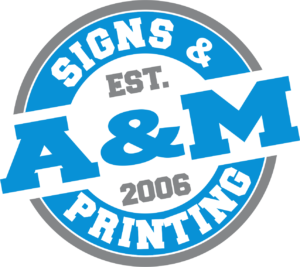Connecting The Dots: Wayfinding And Signage
What happens when someone enters the crowded ground floor of a building for the first time? They look around for signage informing pertaining to their location of interest. We don’t pay much attention to it, but every day thousands, or perhaps millions of people enter buildings and instinctively being looking for signs guiding them to their destination. This, in a nutshell, represents the connection between wayfinding and signage. If it’s done right, it makes way for a smooth flow of foot traffic. If it isn’t it only leads a confusion. In this blog, we explore the relationship between wayfinding and signage.
Differences Between Wayfinding And Signage
To understand the relationship between wayfinding and signage we must first understand what sets them apart.
Signage represents pieces of hardware used for different business purposes including direction, design, attraction, endorsement, brand recognition, and advertisement. Once the purpose of a particular sign has been decided, the next step is to work on its specifics (font size, color, style, and type) and strategic placement.
Wayfinding is used to guide people through complicated structures and buildings. It may sound easy, but the process of planning and layout requires considerable thought. The following guidelines help make wayfinding an effective process:
- Removing excess information and elements that can confuse onlookers
- Creating comprehensive visuals that don’t prompt people to stop and think
- Displaying only relevant information pertaining to location and navigation
Designing Effective Wayfinding Signage
A number of steps go into designing effective wayfinding signage. First, you’ll have to anticipate the directional challenges faced by new visitors or customers. Try to place the least amount of signs possible to reduce clutter and prevent your building from resembling an airline terminal (unless your building is, in fact, an airline terminal). Your planning should take into account different pathways, decision points, and destinations. The information you decide to display should be clear, simple, and concise and allow for easy navigation.
Based on the nature of your business, you will require one or more of the following types of signs:
- Identification Signs: These include information regarding specific locations. Examples include: public facilities, buildings, departments, locations.
- Directional Signs: As the name suggests, these signs will guide people towards different destinations and will be placed at strategic points.
- Warning Signs: These will indicate fire exits, no smoking zones, and other safety regulations

When the signs are finally placed, your wayfinding signage will assist in an unobstructed flow of traffic. Any future expansions or renovations to the building must include making necessary changes and additions to the current wayfinding signage system.
In Conclusion
In today’s world, signage is everywhere and helps contribute to business growth as well as information distribution. Our sign company in Fort Worth, Texas helps in designing and installing a wide range of signage based on your specifications. Contact us today or fill out a quote request form on our site and we will get back to you as soon possible.

